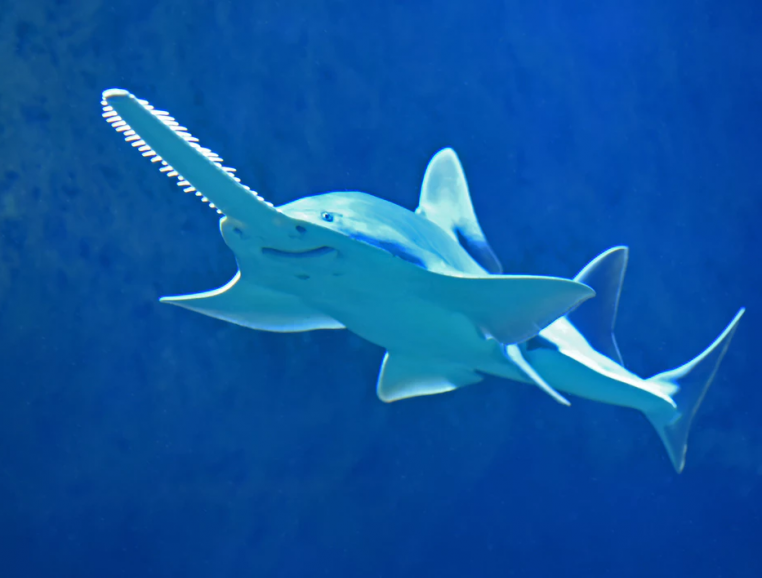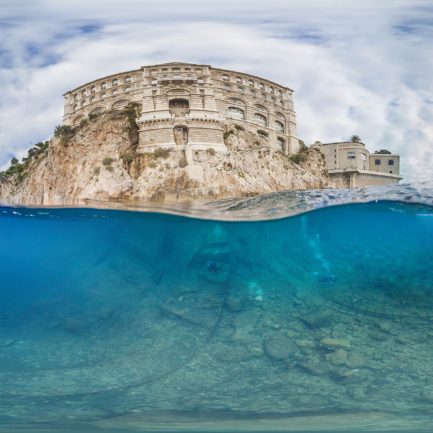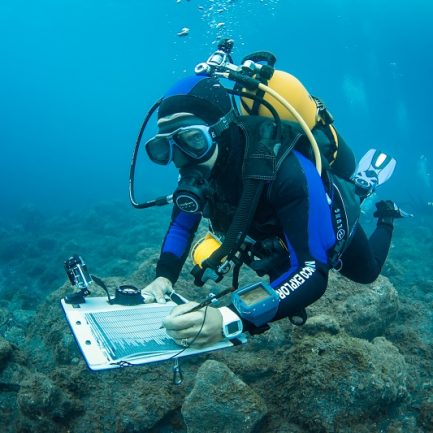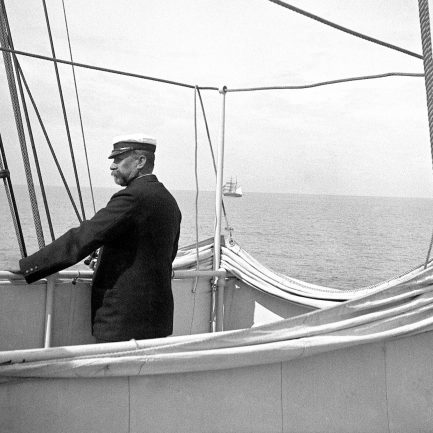What does the future hold for Antarctica?
- Home
- Actualités
- Antarctica today and tomorrow
The conference “Antarctica Today and Tomorrow” took place in Paris, France on 29 June 2017, hosted by the Oceanographic Institute of Monaco at the Maison des Océans. This gathering was organized on a specific date: the first anniversary of the death of Michel Rocard, a great defender of the poles. The event brought together 250 participants from all walks of life: governments, civil society, associations, etc. This symposium was organised with a specific aim: to create a new marine protected area in Antarctica.
The Antarctic and the Southern Ocean changing radically?
During the panel discussion “Antarctica and the Southern Ocean in a Changing Environment”, Thomas Stocker, Co-Chair of IPCC Working Group I, stated that 147 billion tons of freshwater are lost annually in Antarctica.
Françoise Gaill, Scientific Director, Ocean and Climate Platform, also mentioned abrupt changes in Antarctica, such as the decline of the emperor penguin population due to the disappearance of the ice cover.
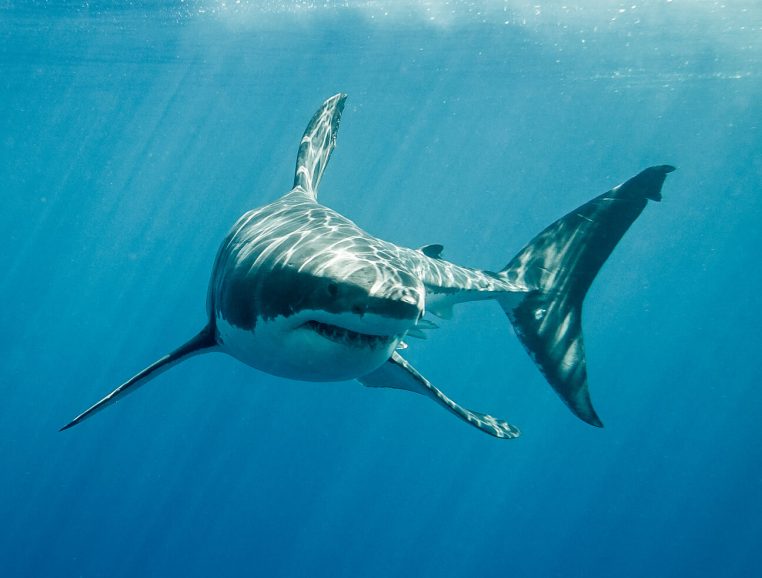
A major challenge: creating a new protected marine area
Organised by the Antarctic and Southern Ocean Coalition (ASOC) with the financial support of the Prince Albert II of Monaco Foundation, the Pew Charitable Trusts, and in partnership with the Oceanographic Institute of Monaco, the symposium was attended by around 250 people at the Maison des Océans in Paris.
Robert Calcagno, Director General of the Institute, explains that the conference aims to support and raise awareness of the proposal by Australia, France and EU partners to establish a new MPA in East Antarctica.
A panel discussion entitled “MPAs, Antarctica and the Southern Ocean” discussed the many benefits of establishing a new MPA.
THE ANTARCTIC TREATY: WHY IS IT A SUCCESS STORY?
In the morning, after an opening ceremony, the first round table entitled “Lessons learned from a successful Franco-Australian experience, thirty years later – From the Wellington Convention to the Madrid Protocol” was held.
The global response to the need for an international framework for Antarctic activities began with the adoption of the Antarctic Treaty, signed in Washington DC, USA, on 1 December 1959.
The main objective was to ensure that “in the interests of all mankind, the Antarctic will continue to be used exclusively for peaceful purposes and will not become the scene or object of international discord”.
On 4 October 1991, this treaty was supplemented by the Protocol on Environmental Protection, also known as the Madrid Protocol. Today, thanks to these multilateral agreements, Antarctica is a place of peace and scientific collaboration. This experience demonstrates the possibility of international agreement on such vital issues as environmental protection.
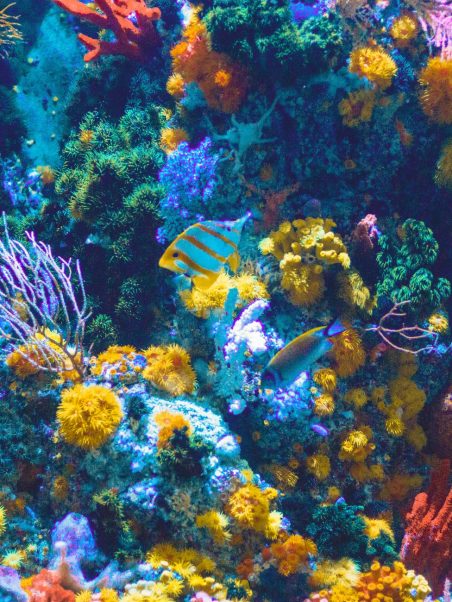
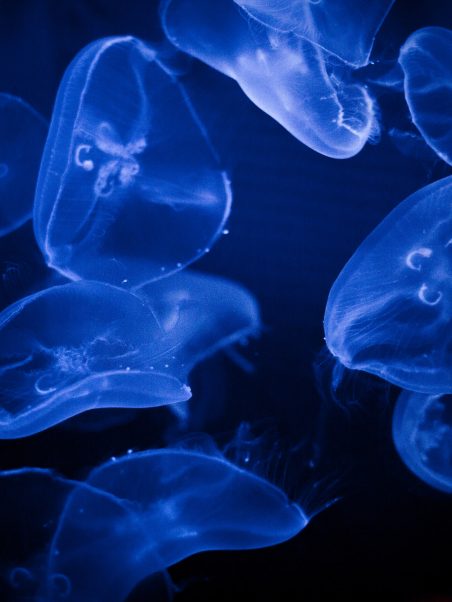
THE ROSS SEA, OR THE EMERGENCE OF THE LARGEST PMA
In October 2016, after several years of discussion, members of the Commission for the Conservation of Antarctic Marine Living Resources (CCRVMA) agreed to designate a 1.55 million km² area as a Ross Sea Marine Protected Area.
This MPA came into effect on December 1, 2017 and limits certain activities entirely, in order to achieve specific conservation goals. The Ross Sea Region MPA is the second of its kind to be adopted, and the largest to date.
In a video, Prince Albert II of Monaco welcomed the designation of the Ross Sea MPA and said it was “an incentive to go further”. He supported the establishment of a network of MPAs in Antarctica, stressing the importance of support from EU partners.
Find out more
The summary of the symposium “Antarctica, Today and Tomorrow”, published by the International Institute for Sustainable Development on Saturday 1 July 2017, is online at this
address
.
Find out the synthesis of the conference, published by the International Institute for Sustainable Development at this
address
.
The conference, entirely filmed, is also available on the
Youtube
of the Institute of Oceanography.
